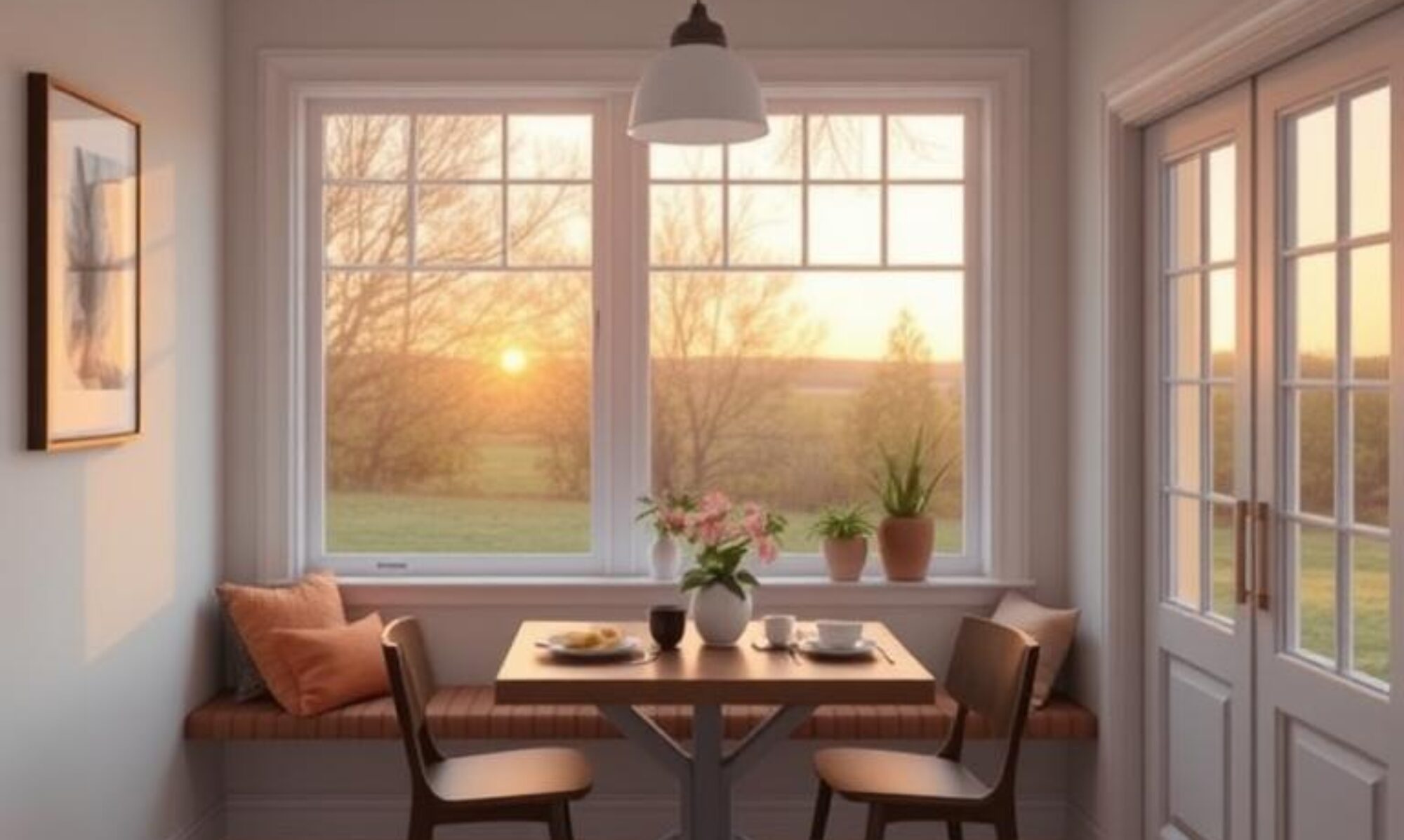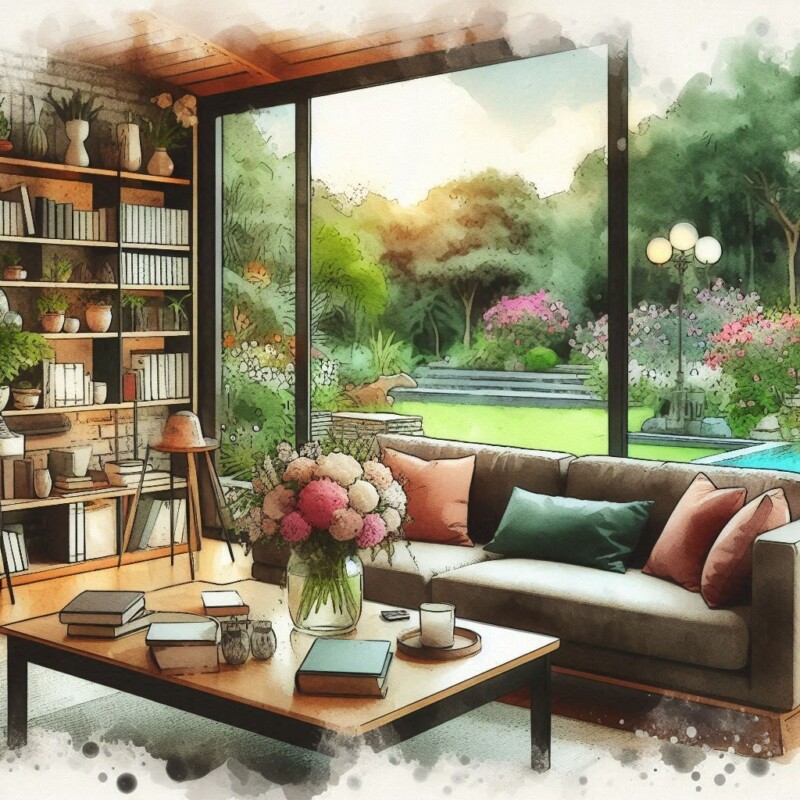Summary
The article covers five key areas to focus on to avoid common mistakes in real estate photography:
1. Lighting Lapses: Learn how to harness natural light and use artificial light effectively to create flattering and welcoming photos.
2. Angle Awkwardness: Discover the importance of shooting from the right angle and using a tripod to maintain consistency.
3. Clutter Chaos: Understand how decluttering a space can make a big difference in highlighting its best features.
4. Editing Excesses: Master the art of subtle editing to enhance photos without making them look cartoonish.
5. Feature Focus Failure: Learn how to highlight unique selling points of a property to captivate potential buyers.
By following these tips, you'll be well on your way to taking high-quality real estate photos that showcase properties in their best light.
Avoiding Common Real Estate Photography Mistakes
Capturing the essence of a home is an art form that requires a keen eye and a steady hand. As a real estate photographer, your snapshots can make or break a property’s market appeal. But fret not! Today, I’m here to guide you through the minefield of common real estate photography mistakes and how to gracefully avoid them.
Lighting Lapses
The first misstep is poor lighting. Natural light is your best friend; it’s flattering, welcoming, and free! Schedule shoots during the golden hours of the day, when the sun casts a warm, diffused light. Avoid harsh midday sun that can create unflattering shadows. If natural light is scarce, invest in a good set of lights to brighten up the space without making it look artificial.
Angle Awkwardness
Next, let’s talk angles. Shooting from the wrong angle can distort room proportions, making spaces appear cramped or elongated. Aim for a chest-height perspective, which offers a natural view. Use a tripod to maintain consistency and avoid those wonky, tilted horizons.
Clutter Chaos
Clutter is the enemy of composition. Personal items, knick-knacks, and even too much furniture can distract from the room’s features. Before you shoot, declutter the space. Remember, less is more. You’re selling a dream, a lifestyle – not a lived-in look.
Editing Excesses
When it comes to editing, restraint is key. Over-saturation, excessive sharpening, or unrealistic color adjustments can make photos look cartoonish. Keep it real and enhance subtly. Your goal is to reflect the property’s best self, not create an alternate reality.
Feature Focus Failure
Don’t forget the unique selling points of the property. Whether it’s a vintage fireplace or a state-of-the-art kitchen, make sure these features are front and center. Highlighting these elements can captivate potential buyers and set the property apart from the competition.
Conclusion
In the world of real estate photography, attention to detail is paramount. By avoiding these common pitfalls, you can ensure your photographs stand out for all the right reasons. With practice and patience, you’ll develop an eye for the perfect shot that showcases properties in their best light.
Remember, in real estate photography, every picture tells a story. Make sure yours is telling the right one. Happy shooting!
Ready to elevate your real estate photography game? Connect with me for a workshop where we delve deeper into the techniques that will make your portfolio pop!

